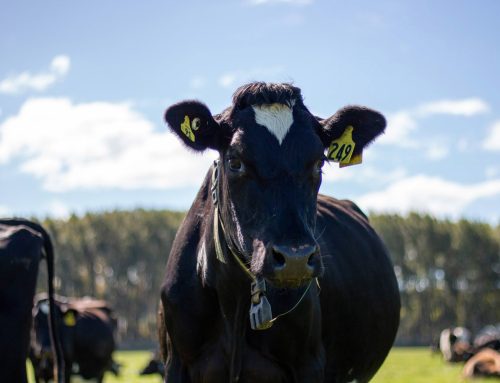Asset Schedule Review Process
As part of preparing a client’s financial statements, we review the asset schedule to ensure accuracy and look for extra deductions. We check for assets that no longer exist, which may have been sold, given away, or are past their useful life. We ask for details on anything sold, scrapped, stolen, or no longer used.
Accounting Treatment for Assets:
- Sold Assets: The asset is removed from the schedule, potentially resulting in a loss on sale, capital gain, or depreciation recovery.
- Insurance Proceeds: Treated as a notional sale to the insurance company.
- Scrapped Assets: Written off (sold for $0.00) and any remaining tax value claimed as a loss on disposal. The asset must be genuinely scrapped (e.g., buried, donated, dumped, recycled, burned, or disposed of in the farm rubbish tip). Simply storing the asset is not considered scrapping.
Section EE 39 of the Income Tax Act 2007:
Allows claiming the asset’s written down book value as a depreciation loss if:
- The asset is no longer used.
- It is not a building.
- It has not been depreciated using the pool method.
Conditions for Claiming Depreciation Loss:
- The asset is no longer used to derive assessable income.
- Neither the taxpayer nor any associated party intends to use the asset to derive assessable income.
- Disposal costs exceed any consideration derived from disposing of the asset.
Definitions:
- No Longer Used: The asset must have ceased being used with no intention of future use.
- Costs of Disposal: Includes freight, sales commission, rubbish tip fees, or recycling charges.
Examples:
- Old Tractor: An old Massey Fergusson tractor parked in a shed is not deductible unless disposal costs exceed proceeds. It may still be saleable to collectors or hobbyists.
- Obsolete Computers: Computers stored due to disposal costs can be claimed under Section EE 39.
Important Notes:
- Assets with low tax values still in use must continue to be depreciated and remain in the asset register, even with a zero residual tax value, to accurately calculate any future depreciation recovery on sale.
- The asset schedule provides a breakdown of assets owned by the business, with written down book values often lower than actual market values.
Need further assistance or have questions on the above? Reach out to Sidekick today – we’re always happy to help!













